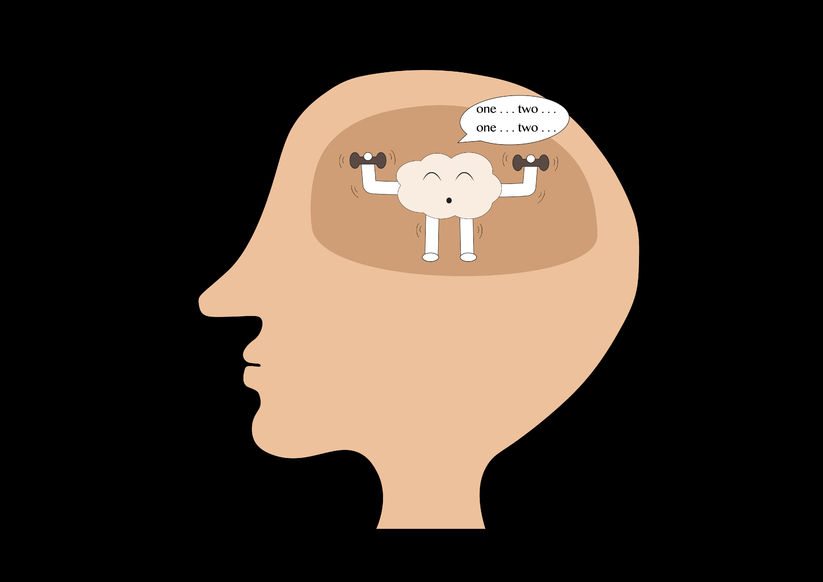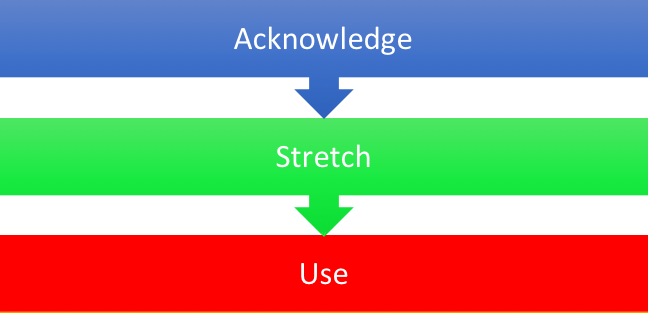Finding it hard to decide to quit smoking?
The answer may have a lot to do with your brain.
Deciding to quit smoking can be hard.
Not because you are not sure if it’s good for you.
But because our brain HATES CHANGE.
So you see there is a problem here.
On the one hand, you want to quit smoking. On the other hand, your brain resists.
Why does this happen?
You see, you weren’t born a smoker.
And in the beginning, you were smoking consciously.
You probably started smoking on social occasions: “a cigarette sounds like a good idea right now”.
You didn’t need, and you didn’t even like the cigarette at that point- just the idea of it.
However, as the frequency of your cigarettes was increasing, smoking became part of yourself and your life.
So mind stopped questioning why and if you should smoke.
So now…
You naturally feel you want, need or even love cigarettes.
And you might be wondering…
“If smoking is now part of myself and my life, am I doomed to stay a smoker forever?”
The answer is: definitely NOT.
The same way your brain learned to need and want cigarettes, it can now learn how to stop desiring them.
And it’s incredibly easy to do that. Especially, when you follow the CBQ method. The ONLY cutting-edge method that helps you stop desiring cigarettes and learn how to feel better without your smokes.
The CBQ method has 4 quit smoking stages that take you from where you are now to a happy non-smoker. Click here to request access to the exclusive video of the 4 stages.
How to Train Your Brain to Decide to Quit Smoking
Decision-making is a skill.
Not just for stopping smoking, but for every big change you want to make in your life.
The decision process is a muscle we have to exercise like any other muscle in our body.
When someone wants to become physically fit, what do they do?
They exercise their body’s muscles – their abs, triceps, biceps and so on until they get the result they want.


The same way you have to exercise and stress your decision making muscle (that’s in the prefrontal cortex –the part of your brain responsible for rational thinking and decision making).
Once you do, you will find yourself having control over your impulses. Effortlessly .
As a result, you will feel confident to take an iron-clad decision to quit smoking. And you will feel confident to never ever doubt your decision to quit in the future.
Or any other decision for that matter.
Maybe it’s an abusive or boring relationship in which you stay because you are afraid to make a change.
Maybe you would like to move to another part of the country, and you can’t decide if it’s the best option because you don’t know how your life is going to be.
or.. you might want to quit your job, but you are unable to weigh the pros and cons of this decision because you are distracted by the fear of the unknown.
How To Train Your Decision-Making Muscle that Will Help You Quit Smoking.
You have to exercise your decision-making muscle.
Every day.
Every moment.
It will take practice, but it is worth it – I promise.
The success of this exercise presupposes you don’t just read the steps.
You have to act upon them because experiential learning is what challenges your inherent fear of change.
The ASU Strategy

Step 1: bring the decision-making muscle to your Awareness.
Every time you want to smoke, Acknowledge that you are about to make a decision.
Say to yourself: “now I am drinking my coffee, and I want to smoke.”
I decide to take my pack in my hands,
take out a cigarette,
put it in my mouth and light it.”
That’s how you start making your smoking less unconscious and automatic.
For even better results, don’t limit yourself just to smoking. Do it with all your routines.
For example, when you are dressing to go to work say to yourself:
“I am choosing to wear this shirt and these shoes. I don’t want to wear that belt.”
Simple, right?
After feeling confident you can acknowledge most of your automatic decisions, you have to…
Step 2: Stretch the decision-making muscle.
You will stretch your decision-making muscle if you explain to yourself why you made a decision.
Let’s say that you just had your meal. Don’t just take out a cigarette and smoke it.
First, acknowledge your smoking urge.
Then, you have to give a reason for deciding to smoke or not.
Be careful: don’t say: “I choose to smoke because I like it.”
That’s not stretching your decision-making muscle. You have to give an explanation.”
For example, you can say to yourself: “I choose to smoke because I think I can’t digest my meal without it.”
Again, for faster results do this with every chance you get.
Let’s say you are about to check your Facebook page.
Give a reason: “because I want to see the news, because I want to message that person or because I am bored”.
After being aware of your automatic urges and you are used to giving a reason for them (and this might take you a few days of practice)…

Step 3: Use the decision-making muscle.
After doing step 1 and 2 consistently, you will be able to use your muscle and take different decisions.
You will not find yourself weakened by your impulses.
Imagine…
You are driving your car, and you feel like smoking.
You think: “I want to smoke…” (awareness)
…”because I believe driving is boring without smoking.” (explanation)
But since you had been practicing steps 1 and 2, you now have the mental capacity to get perspective and say:
“I choose not to smoke because it’s just a drive, and I can enjoy myself just by listening to music.” (choice)
You always have a choice.
If you are on a diet, and you get a chocolate craving, your internal dialogue will be something like that:
“I now have an urge to eat chocolate.”
“I want to eat it because it tastes sweet.”
And NOW after acknowledging and stretching your muscle you can use it:
“I choose not to eat it because I am on a diet; being in a good shape tastes better than this chocolate.”
Every cigarette you don’t smoke because you acknowledged, stretched and used your decision-making muscle brings you one step closer to taking control over your habit.
And with time, you will be able to speed-pass steps 1 and 2 and go directly to step 3.
Decision making is a skill that will keep giving you value throughout your life. You already know that.
What makes this technique successful, it’s the actual process of observing and managing yourself.
Deciding not to smoke and knowing why you want this, will gradually lead you to take the final decision to quit smoking without feeling pain.
And no matter what’s your individual decision-making style, this strategy will work for you because it is neurological.
And we all have the same nervous system. So it works for all of us.
Do you want to quit smoking in a way that’s easy and permanent?
Then you need to follow the 4 quit smoking stages of the CBQ method.
These 4 stages take you from where you are now to a happy non-smoker. Click here to request access to the exclusive video of the 4 stages.
It’s 100% free.
All you need to do is enter your name and email address. And make sure you watch all of it, because there is a free gift at the end of that video.


